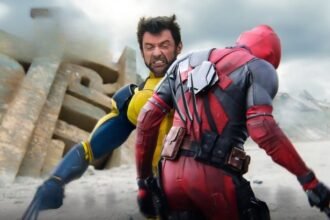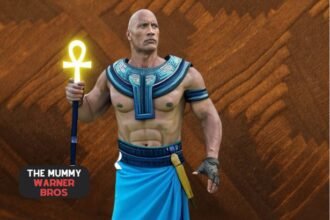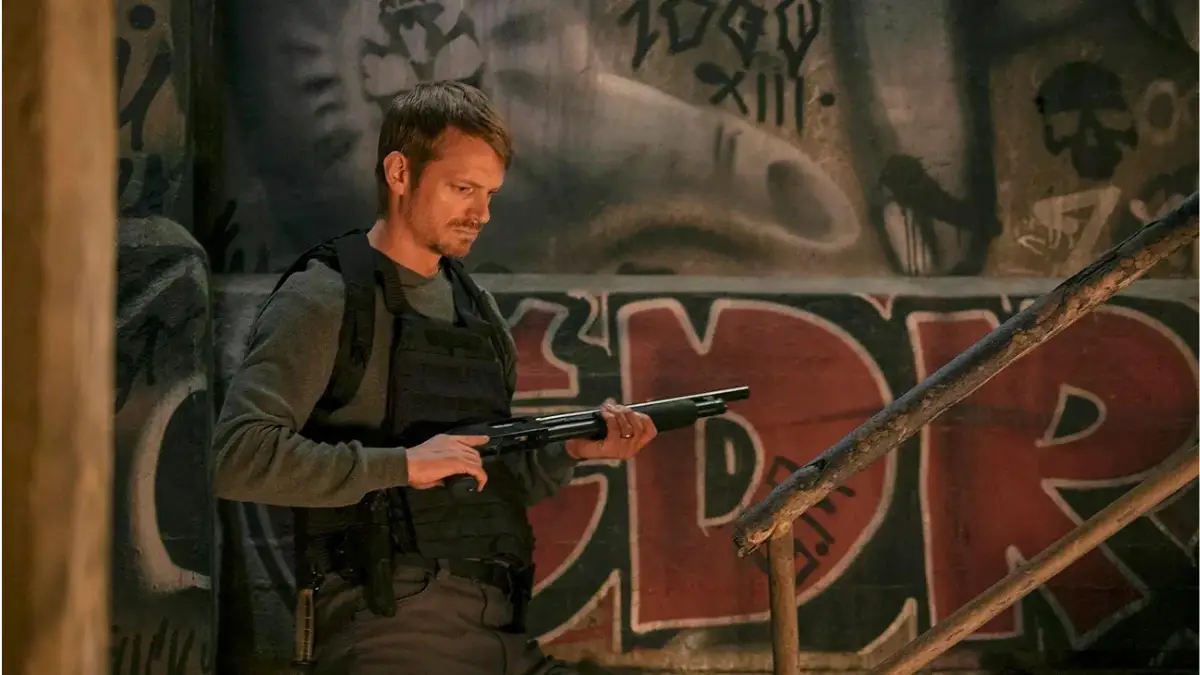The actor plays the lead in a revenge thriller with hardly any dialogue, which is the director’s first American picture in twenty years.
Dialogue is incredibly overrated in action films.
That’s one of the key lessons to be learned from the recent movie, which centers on a father who turns into a full-fledged vigilante in order to exact revenge on the gang members who killed his young son. Naturally, it helps a great deal when John Woo is directing the movie in question. The seasoned action director makes a stunning Hollywood return with Silent Night, 20 years after the release of his last American picture, the unimpressive Paycheck in 2003.
The film’s title alludes to two things:
the opening scene, which takes place on Christmas Eve, and the film’s daring decision to have almost no dialogue. (As much as I love the John Wick movies, if the bad guys would just shut up, they would cut a lot of their long-running times.) Joel Kinnaman portrays Brian, the main character, who is initially seen running wildly down back streets with a crazy look on his face and sporting the kind of goofy sweater that dads are made to wear during the holidays. After franticly pursuing the cars containing heavily armed gang members, he finally catches up with them, only to be shot in the throat by one of them after being cornered.
In the end, we find out why there was such a frantic chase:
while he and his wife, Catalina Sandino Moreno, were having a good time in their front yard, the boy was shot dead by stray bullets after two speeding cars got into a shootout. Brian wakes up in the hospital following his disastrous attempt to find his son’s killers. He eventually recovers completely, but he no longer speaks. He receives his card from a sympathetic detective (Scott Mescudi, better known as Kid Cudi), but it’s already obvious that justice is not going to be done.
That is, until Brian, much to his wife’s dismay, gradually changes from a loving husband and father to a kind of obsessive, revenge-fixated person who puts a note on his calendar to “Kill Them All.” Similar to a modern-day Travis Bickle, he starts an intense physical training program, trains with a firearm at a shooting range, and learns how to wield a knife from internet videos—a benefit Travis did not have in 1976. In order to keep an eye on police activity, he also purchases a sizable arsenal, a police radio, and covert cameras to take pictures of the numerous mug shots of gang members that are displayed on the wall of the neighborhood police station. Following his abduction of one of them in order to obtain crucial information, Brian considerately drops the hog-tied thug off at the detective’s doorstep like an early Christmas gift, complete with the greeting card.
Naturally, all the planning leads to a very violent night that targets the gang, particularly its heavily tattooed leader Playa (a frighteningly menacing Harold Torres), who understandably takes Brian’s attempts against him very personally.
Action enthusiasts will value Woo’s skills,
which is abundantly evident in this sequence of vehicle chases, shootouts, and car chase/shootouts. Even with a blatantly modest budget, the kinetic scenes are expertly choreographed and captured on camera, with the director’s signature moments of slow motion. (His trademark white doves are absent, but a bird does land in a significant way on the window of Brian’s hospital room.)
The most memorable part of the movie, though, isn’t one of the many elaborately staged gunfights; rather, it’s a long, incredibly violent hand-to-hand fight between Brian and one of Playa’s goons that makes the iconic fight scene from Hitchcock’s Torn Curtain seem like a playground brawl.
What’s even more amazing, though, are the filmmaker’s exquisitely smooth visual cuts between flashbacks showing Brian’s happy, pre-traged life and his tormented post-event life. The sense that the present is a living nightmare and the past was only a dream is viscerally conveyed in such moments.
To Woo’s and screenwriter Robert Lynn’s credit—as well as to Kinnaman’s intensely physical and fiercely commanding performance—the film’s lack of dialogue turns out to be a strength rather than a flaw. Norma Desmond undoubtedly would have approved.






